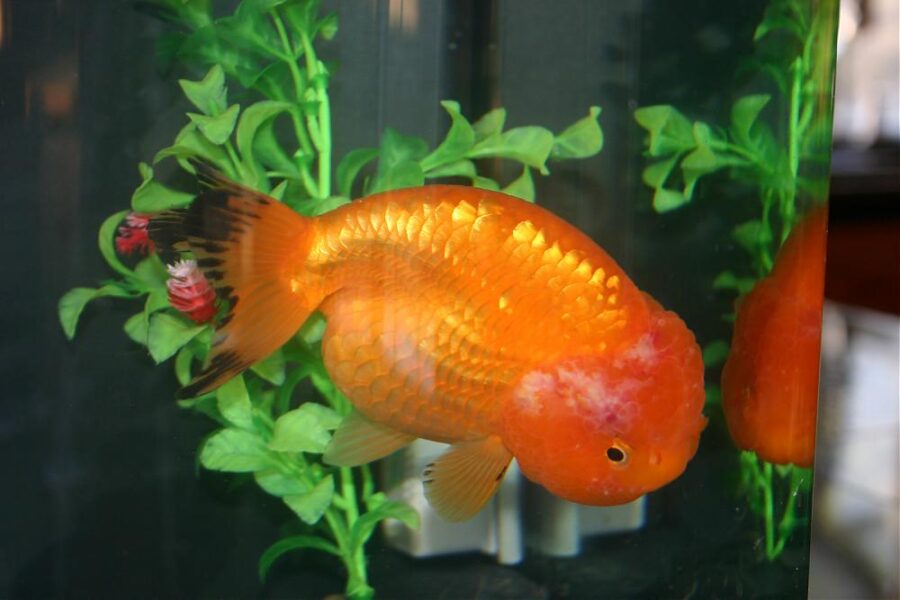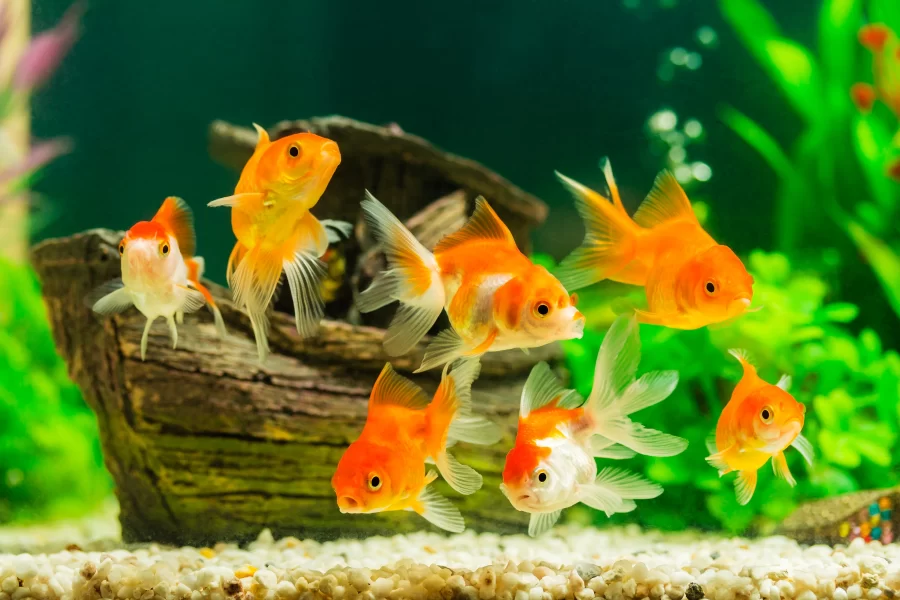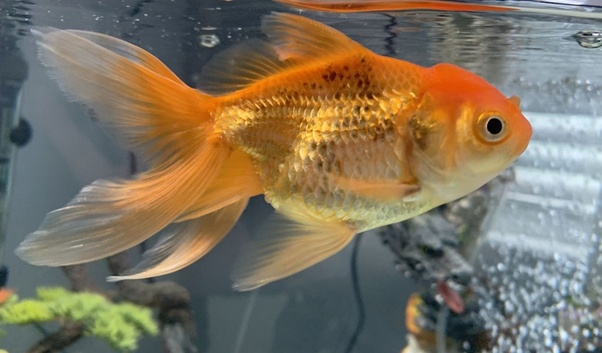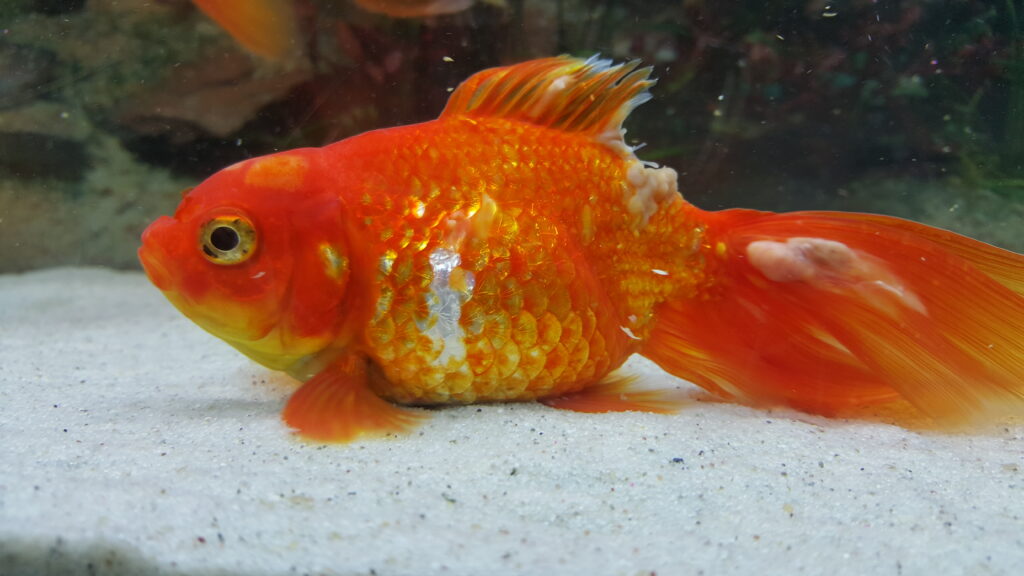
Dive into the aquarium of knowledge with us, as we navigate the murky waters of Lymphocystis in Goldfish. Isn’t that a mouthful? It’s a kind of virus that impacts our fishy friends. In this guide, we’re focusing on ornamental pet royalty, the Goldfish.
Worried about your goldfish looking a bit off? We’ll help decode if it’s Lymphocystis. We’ll also talk about keeping such issues at bay and the best way to restore your fish’s health. Don’t buy into every fish tale you hear, we’re here to bust some Lymphocystis myths too. Plus, we’ll share recovery stories of brave goldfish that swam against the tide. So, shall we dive in?
Understanding Lymphocystis
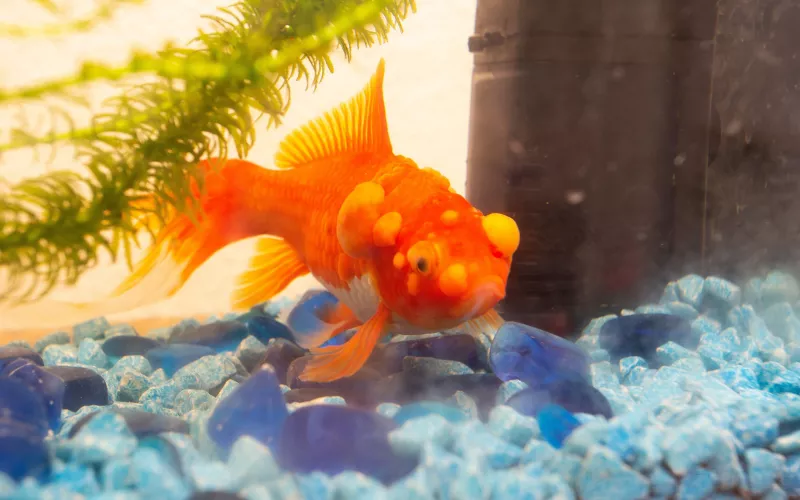
What is Lymphocystis?
No, don’t fret. Lymphocystis isn’t a new type of sushi. It’s a fish virus. “Lympho-what?”, you might ask. Lymphocystis, my friends. It’s a common virus that often leaves fish looking like they’ve engaged in a wrestling match with cauliflower. Hilarious but scary, right?
How it Affects Different Fish Species
Guess what? Lymphocystis is like the annoying neighbor that doesn’t care who you are or where you come from. They just enjoy bugging you! This virus doesn’t discriminate; it affects a variety of fish species. It’s an ‘equal-opportunity’ nuisance, causing unsightly growths on fishes worldwide. But guess who gets the gold star? You’ve guessed it! Our shiny friends, the Goldfish, are often its most ‘favorite’ targets.
Now you know what this uninvited guest called Lymphocystis looks like and how it parties across various fish species. Let’s dive deeper into its love affair with Goldfish in the next section. Get ready to catch all the goss! Trust me; you want to stay tuned for this.
Lymphocystis in Goldfish
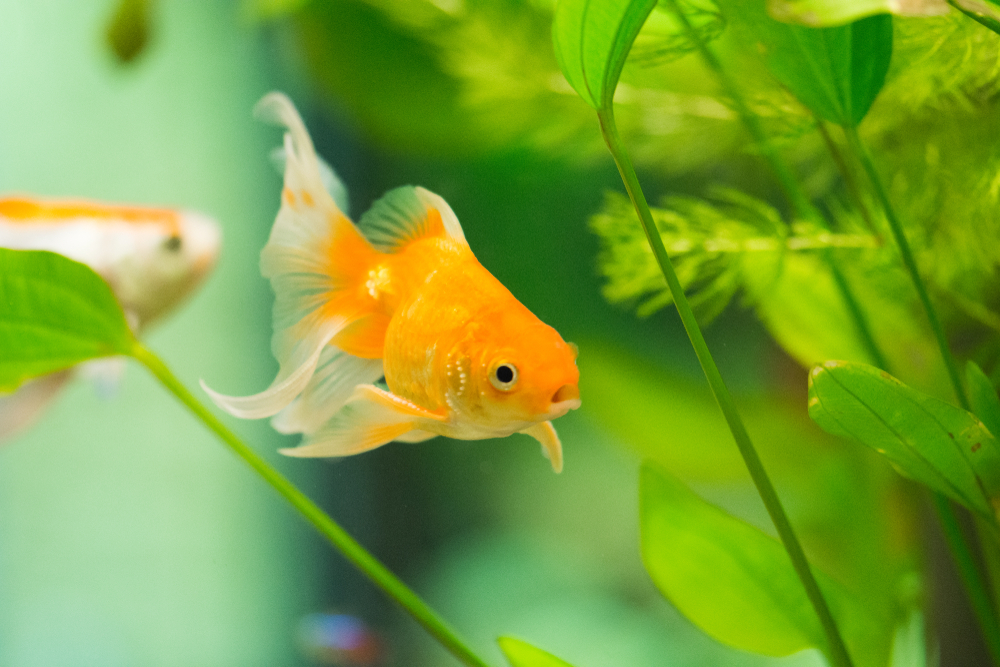
Lymphocystis and goldfish — a duo one would prefer to avoid, but whose acquaintance sometimes becomes inevitable in the world of fish petting.
How Lymphocystis Affects Goldfish
Imagine waking up to cotton balls glued all over your cute, chubby, golden pet. That’s not a fashion statement your goldfish is trying to pull off. It’s Lymphocystis!
This viral disease manifests itself on fish as peculiar wart-like growths. Affected goldfish may also display a lack of appetite. I mean, who’d want premium flake food while sprouting alien antennae and feeling lethargic? Precisely.
The good news? Lymphocystis itself isn’t directly life-threatening. A lot like getting a cold, annoying and would rather not, but not fatal. Furthermore, goldfish can recover from this warty stage.
Now, let’s dive a little deeper and identify the disease when it first shows up. It’s like detective work, but underwater and considerably less noir.
Identifying Lymphocystis in Goldfish
An exciting morning routine for every goldfish owner: Coffee. Toast. Scan the aquarium for odd-ball signs. That’s standard operating procedure, friends!
Lymphocystis often appears as tiny gray or white bumps on the goldfish body. They might look cute, like frosting on a golden cake. But don’t be deceived! If these lumps proliferate, coating the fins and tail, it’s high time you speed dial the fish-doc.
This visual cue alone often suffices to diagnose Lymphocystis. But confirming it scientifically (for all our inner scientists) might involve scrutinizing those tiny lumps under a microscope. Shudder. But hey, you signed up for this when you opened the aquarium box!
Detective work done. Check. Diagnosis confirmed. Check. But, oh no, now your golden bubbly friend needs help! Cue the dramatic music. And relax, as we prep for our next move: prevention and treatment of Lymphocystis. Are you prepared to enter the world of fish healthcare? Of course, you are! So, brace yourself and keep reading. We’re in this together, Sherlock. To the next section, and beyond!
Preventing and Treating Lymphocystis in Goldfish
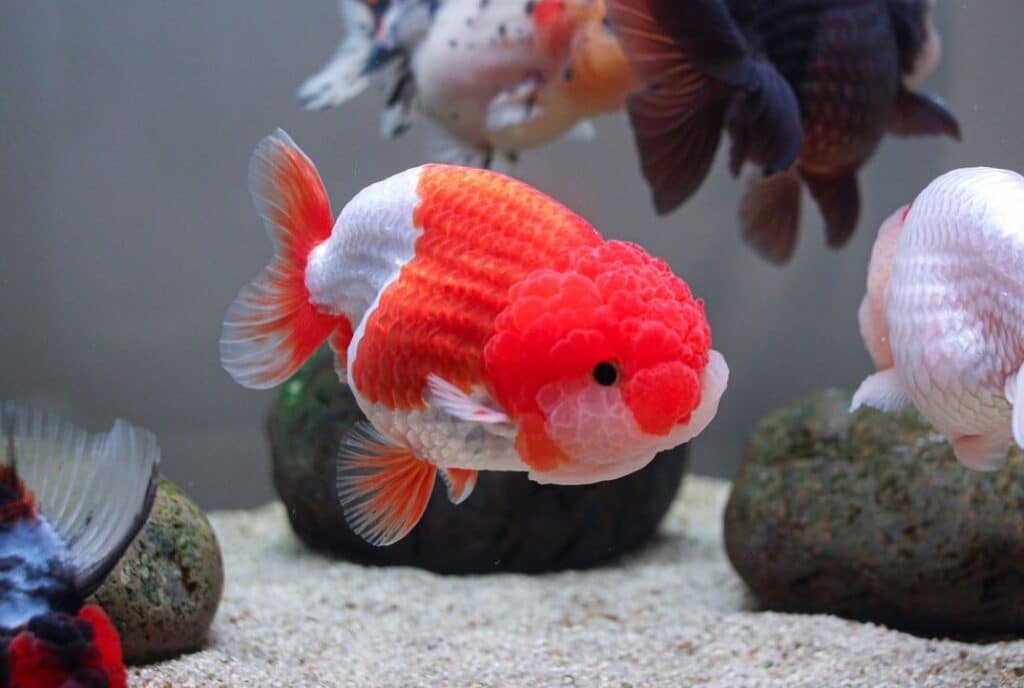
Ah, prevention and cure — the two peas in a pod! When dealing with Lymphocystis, both are crucial. When it comes to goldfish, everything circles back to their environment. You know the saying, “Cleanliness is closest to God-liness?” It’s pretty apt here.
Environmental Factors That Can Help Prevent It
Take a step back and think of the goldfish tank as a fish’s world. It’s like their exclusive underwater happening spot. Given their love for cleanliness, maintaining their home’s hygiene is paramount. Regularly switch the tank water. And by regularly, I mean at least once a week.
Nobody likes overcrowding, not even fish. Cramped spaces stress them out. Understand their space needs. Ensure each goldfish gets at least 20 gallons. Now, that’s what we call spacious living!
Temperature matters too. Goldfish prefer cooler waters. Keep the tank’s temperature within 68-74°F range. Remember, too warm? Not cool! Using thermometers can help in monitoring this.
Diet is another important factor. Balanced and variant meals keep your fish friends healthy and happy. Overfeeding or underfeeding or offering dull, repetitive menu — all thumbs down. So, mix up their food, and offer a balanced diet.
You will find that there’s a close relationship between the two. Keeping their environment healthy goes a long way in ensuring their well-being. Let’s talk about treatment options, shall we?
Best Treatment Options
Treating Lymphocystis can seem like climbing a mountain made of goldfish-flavored Jell-O. Complicated, yes. Impossible, no. There’s no specific treatment for this disease, but there are several strategies that can be effective in helping your goldfish recover:
- Maintain Water Quality: Ensure that your goldfish is living in a clean and stable environment. Monitor and adjust water parameters like temperature, pH, and ammonia levels.
- Reduce Stress: Stress can weaken a goldfish’s immune system, making it harder for them to fight off Lymphocystis. Avoid excessive handling, sudden changes in the environment, and overcrowding.
- Provide a Balanced Diet: A nutritious diet can boost your goldfish’s immune system, helping them recover faster. Offer high-quality fish food and supplement it with fresh vegetables and fruits.
- Antibiotics: In cases where Lymphocystis is accompanied by secondary bacterial infections, your veterinarian may prescribe antibiotics. This can help address the bacterial infection and aid in your goldfish’s recovery.
- Salt Baths: Some aquarists recommend giving goldfish salt baths as a supportive treatment for Lymphocystis. Consult your veterinarian to determine the appropriate dosage and duration of a salt bath for your goldfish.
- Quarantine: If you have multiple fish in your tank, consider isolating the affected goldfish in a separate quarantine tank to prevent the spread of Lymphocystis to other fish.
- Monitor for Secondary Infections: Lymphocystis can make goldfish more susceptible to secondary infections. Keep an eye out for any signs of additional health issues and seek veterinary assistance if needed.
Remember, Lymphocystis may not be quickly defeated. Victory needs a consistent, caring, and stress-free environment. Now that you’ve got the preventive and treatment lowdown, let’s bust some myths about this condition. We’re onto the truth-telling mission!
Myths and Misunderstandings about Lymphocystis
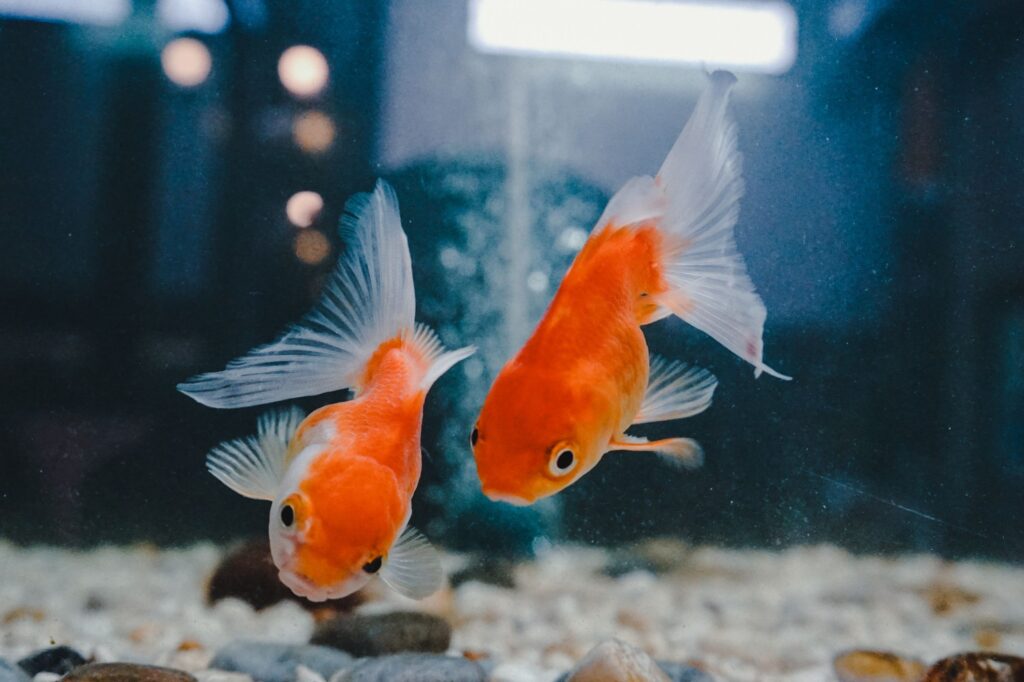
We’ve explored the depths of Lymphocystis, or as I like to call it, the “aquarium acne.” We’ve looked at its impact on our golden finned friends. Now, let’s burst some bubbles around common myths associated with this fishy ailment. Let’s dive right in, shall we?
Common Myths Associated with Lymphocystis
Myth one: Lymphocystis can spread like wildfire. Nope! This isn’t the flu, folks. Hygiene issues aside, your other fish aren’t at immediate risk.
Myth two: Lymphocystis equals death. Pause! It’s not a death sentence, mates. Quite the drama queens, aren’t we?
Myth three: You can catch Lymphocystis. Dang, shouldn’t have kissed that goldfish…Kidding! This isn’t a human disease, friends.
While these myths may make an interesting gossip topic over fish food, they’re not trusty guides for your aquatic care. Let’s separate the fish tales from fact in the next section.
The Truth about These Myths
Truth one: It’s slow to spread. Lymphocystis takes its sweet time to swim onto another fish.
Truth two: It’s not lethal. Lymphocystis is like that awkward, teenage acne phase. Annoying, yes, but not life-threatening.
Truth three: Humans and Lymphocystis? No way! Rest easy, fish lovers; it’s not for our species.
Busting these myths sure felt like playing whack-a-mole. Don’t always believe what you hear, right? Feel more informed now? Great, because we’ve got some real-life stories to share next. Let’s tackle some case studies that will give you a 3D view of Lymphocystis in action. Ready to meet our fishy heroes? Swim on to the next section.
Goldfish Versus Lymphocystis: A Case-By-Case Glimpse
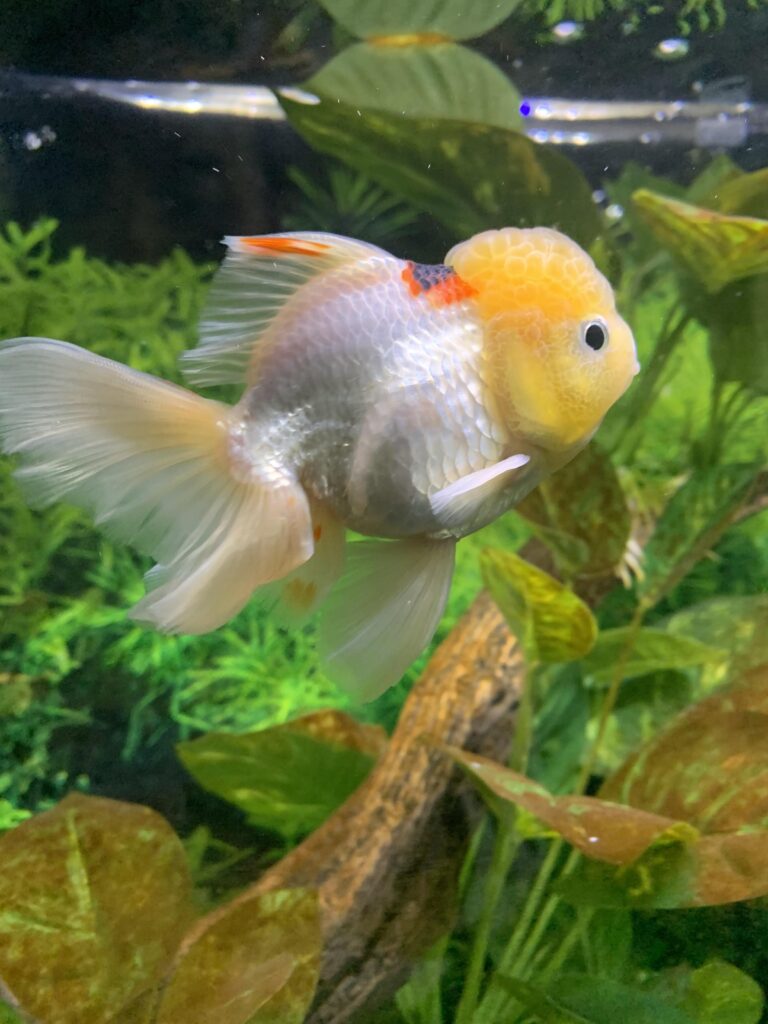
Unveiling Real Goldfish Gladiator Stories
Let’s take a swim into some true but heart-touching accounts of goldfish staring down the grim barrel of Lymphocystis. Nobody likes a sick fish, especially when it’s your pampered pet. Thus, brace yourself for some deep-diving encounters in this fishy world of diseases and recovery.
John, a seasoned aquarist, gives a heartfelt narration of his goldfish, Goldie. One day, he noticed some bulging, cauliflower-like growths on his darling Goldie’s fins. It took a trip to the veterinarian to diagnose as Lymphocystis. Alarmed yet determined, he immediately initiated action to nurse his pet.
Susan, a mother, had different experiences. Her children’s goldfish, Sunflower, was wasting away with a similar disease. However, with a quick Google search and some seasoned advice, she identified the issue as Lymphocystis. Using widely available over-the-counter treatments, she began the process of helping Sunflower fight back.
Navigating the Road to Recovery
So, how did John and Susan’s aquatic champs fare? Let’s follow up on their recovery roads to find out, shall we?
Taking a leap of faith, John began treating Goldie’s tank with a concoction of water treatments and antibiotics. His patience and care paid off as he gradually saw a reduction in Goldie’s growths, and her health began to bounce back.
On the other hand, Sunflower’s battle was a bit of a roller-coaster ride. Susan had a tougher time balancing the stress of Sunflower’s recovery versus her children’s attachment to their beloved pet. However, with consistent water changes, diet control, and a shield of antibiotics, Sunflower slowly began to thrive once more.
The road to recovery was lined with concerned and sleepless nights, but the victory dance at the end was definitely worth it for our heroes, John and Susan.
Wrap Up
Understanding Lymphocystis, a virus affecting various fish species, gives power to prevent and treat it effectively, notably in goldfish. Knowledge is key in identifying this disease in our gilled pals, debunking the common myths surrounding it to ensure healthy, happy fish.
Case studies have shown real-world examples of goldfish triumphing over this disease thanks to optimal environmental conditions and correct treatments. By arming ourselves with accurate information and appropriate care steps, we can turn the tide in favor of our finned friends against Lymphocystis.
Frequently Asked Questions (FAQ)
Question: What is Lymphocystis?
Answer: Lymphocystis is a common viral disease in fish, causing the growth of white cauliflower-like nodules on their skin and fins.
Question: How does Lymphocystis affect Goldfish?
Answer: In goldfish, Lymphocystis often results in visible lumps or nodules, and can lead to respiratory issues if it spreads to their gills.
Question: How can I identify if my goldfish has Lymphocystis?
Answer: Look for abnormal growths on your goldfish’s skin, fins, or gills. If in doubt, seek help from an aquatics vet.
Question: Can I prevent Lymphocystis in my goldfish?
Answer: Yes. Ensuring optimal water condition and reducing stress for your goldfish can help prevent Lymphocystis.
Question: What are the best treatment options for Lymphocystis in Goldfish?
Answer: While there’s no specific cure, improving water quality and fish diet can help the fish’s immune system fight it off.
Question: Are there any misconceptions about Lymphocystis?
Answer: Yes, a common one is that Lymphocystis is incurable. While there’s no direct cure, fish often recover with proper care.
Question: Can you share some real-life examples of goldfish dealing with Lymphocystis?
Answer: Certainly, in the main article, we have detailed case studies of goldfish that battled and successfully recovered from Lymphocystis.

